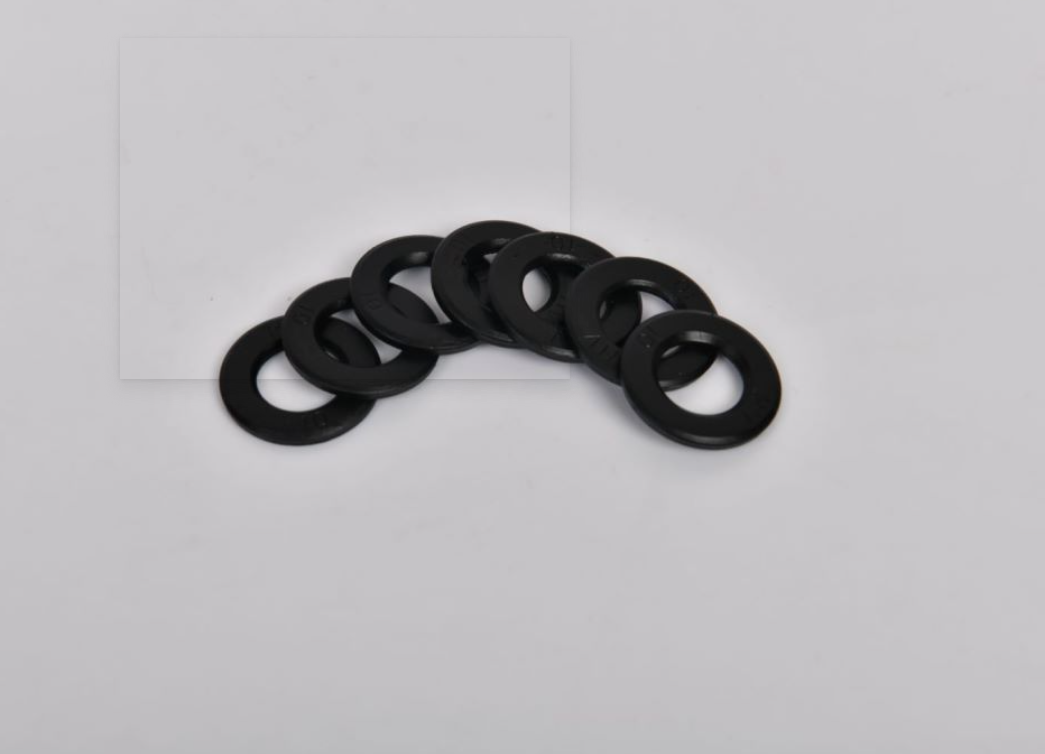belleville washer vs spring washer
Belleville Washers vs. Spring Washers A Comprehensive Comparison
When it comes to mechanical fasteners, selecting the right type of washer can significantly impact the performance and longevity of a connection. Two common types of washers are Belleville washers and spring washers, both of which serve specific functions in various applications. Understanding their differences, advantages, and proper uses is crucial for engineers and designers alike.
Belleville Washers An Overview
Belleville washers, also known as disc springs, are conical-shaped, circular metal washers that provide a high degree of elasticity and load-bearing capability. Their unique design allows them to maintain a constant force over a range of deflections, which makes them excellent for applications requiring consistent tension. These washers can be used in stacks to increase force, and they are particularly effective in environments where thermal expansion or vibration may cause loosening.
Belleville washers are commonly utilized in aerospace, automotive, and industrial settings where precision is vital
. Their ability to absorb shock and distribute loads makes them an invaluable component in securing bolted joints, preventing loosening in dynamic applications.Spring Washers A Brief Explanation
belleville washer vs spring washer

Spring washers, typically crafted from spring steel, have a curved or helical form that offers elasticity and resilience. The primary function of a spring washer is to provide load support and prevent loosening under vibration. Unlike Belleville washers, which operate on the principle of axial compression, spring washers work through horizontal deflection, which allows them to exert a constant clamping force between the joined components.
Spring washers are widely used in various applications, from household appliances to heavy machinery. They create a reliable connection by compensating for minor discrepancies caused by wear and tear, ensuring that components remain securely fastened.
Key Differences and Applications
The choice between Belleville washers and spring washers largely depends on the specific requirements of the application. Belleville washers excel in situations requiring high load capacity and resistance to dynamic forces. In contrast, spring washers are suited for applications where space is limited and a lower load is sufficient.
In conclusion, both Belleville and spring washers are essential components in mechanical design. Their unique features make them suitable for different applications, and understanding these differences can help engineers make informed decisions when selecting the ideal washer for a particular project. Knowing the strengths and applications of each type can lead to improved performance, enhanced reliability, and ultimately, successful engineering outcomes.
-
Top Choices for Plasterboard FixingNewsDec.26,2024
-
The Versatility of Specialty WashersNewsDec.26,2024
-
Secure Your ProjectsNewsDec.26,2024
-
Essential Screws for Chipboard Flooring ProjectsNewsDec.26,2024
-
Choosing the Right Drywall ScrewsNewsDec.26,2024
-
Black Phosphate Screws for Superior PerformanceNewsDec.26,2024
-
The Versatile Choice of Nylon Flat Washers for Your NeedsNewsDec.18,2024










